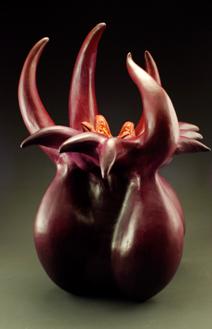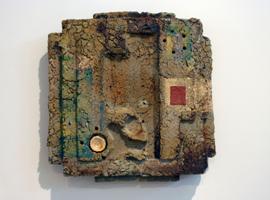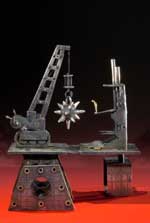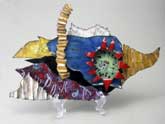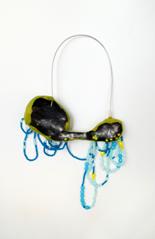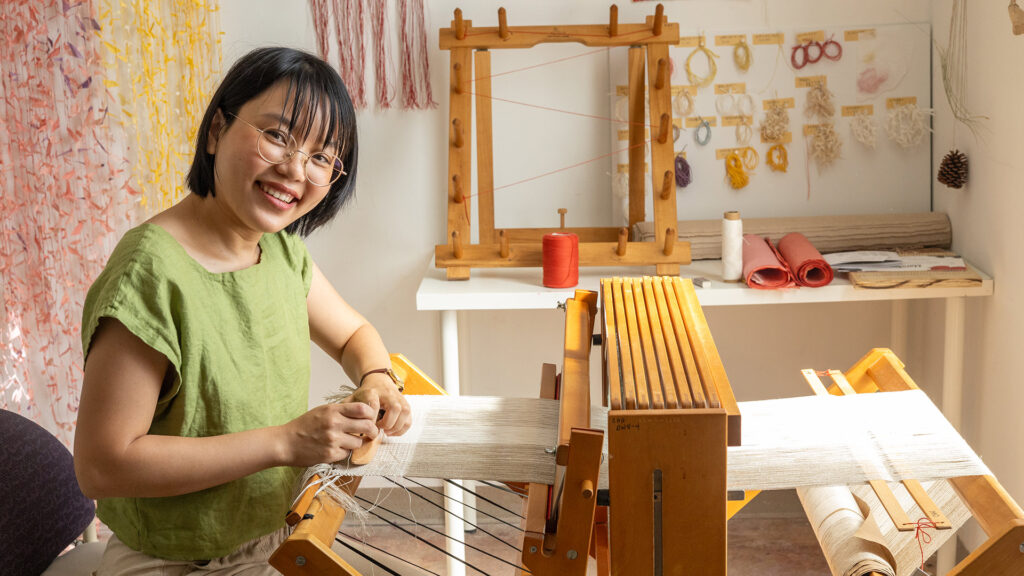www.gabrielcraigmetalsmith.com
www.conceptualmetalsmithing.com
Gabriel Craig is a metalsmith, writer, and craft activist. His studio work has been exhibited nationally and internationally since 2006, and his writing has appeared in Metalsmith and American Craft magazines. In addition to founding his own blog, Conceptual Metalsmithing, in 2008, Craig is the Editor-in-Chief of the forthcoming National Student Craft Zine. In 2008, he received a graduate research grant from the Center for Craft, Creativity & Design to pursue research on 19th Century ironwork. Craig received his BFA in Metals/Jewelry from Western Michigan University in 2006 and his MFA in Jewelry and Metalworking from Virginia Commonwealth University in 2009. He is also an adjunct faculty memberin Metalsat Houston Community College. Together with his partner, Amy Weiks, Craig shared a studio at HCCC through August of 2010.


